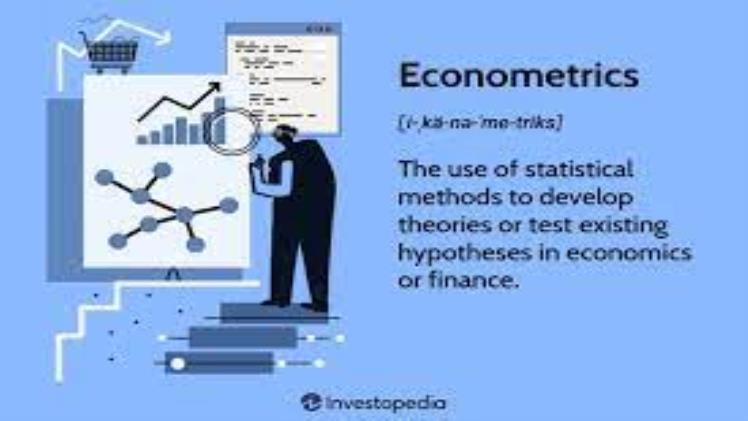Econometrics Models

Econometric models are mathematical representations of economic problems and phenomena used by econometricians to make forecasts or test theories about economic variables or behavior. An Econometrics Model typically comprises a system of interlinked linear or nonlinear equations which represent relationships among variables within an economy and create forecasts of them; they may also serve to obtain forecasts or prove theories regarding them.
Estimating an econometric model requires collecting and analyzing a set of relevant variables such as prices of stock market indexes, consumption surveys or unemployment rates across countries. Next, using principles from statistics and economics, an econometrician can develop a hypothesis to explain their relationships; for instance using statistically optimized regression modeling could reveal that higher unemployment rates correlate with lower stock market prices or that particular stocks tend to follow the average annual price change for an entire market.
An economic model often contains more equations than there are observations on its variables, with some variables assumed to be determined by forces outside the system and given at a certain point – known as exogenous variables; others assumed to be affected by exogenous variables but not directly observable; these are known as lagged endogenous variables. Equations within such models also contain constant parameters as well as random disturbances called error terms that help minimize estimates errors for parameters and endogenous variables.
These parameters and disturbances are typically estimated using mathematical techniques such as least squares estimation or maximum likelihood estimation, or by employing statistical procedures like multiple regression analysis. By employing such approaches, a reduced-form forecast of the dependent variable can be created, providing that all predetermined variables remain unchanged at the time of forecasting.
An econometric model typically comprises multiple interdependent variables. Clothing purchases, for instance, can be affected by both current and lagged disposable income; thus the model will predict that clothing purchases occur when this figure reaches certain thresholds. Many variables in a model are dynamic, meaning they change with past history; these changes are represented through time trends or lags and cumulative variables in the model. Ratchet variables, which alter their own value according to an exogenous variable’s value, are frequently included in models. For instance, such variables might increase as disposable income growth rates decline to create a smoother transition from one state to the next.
